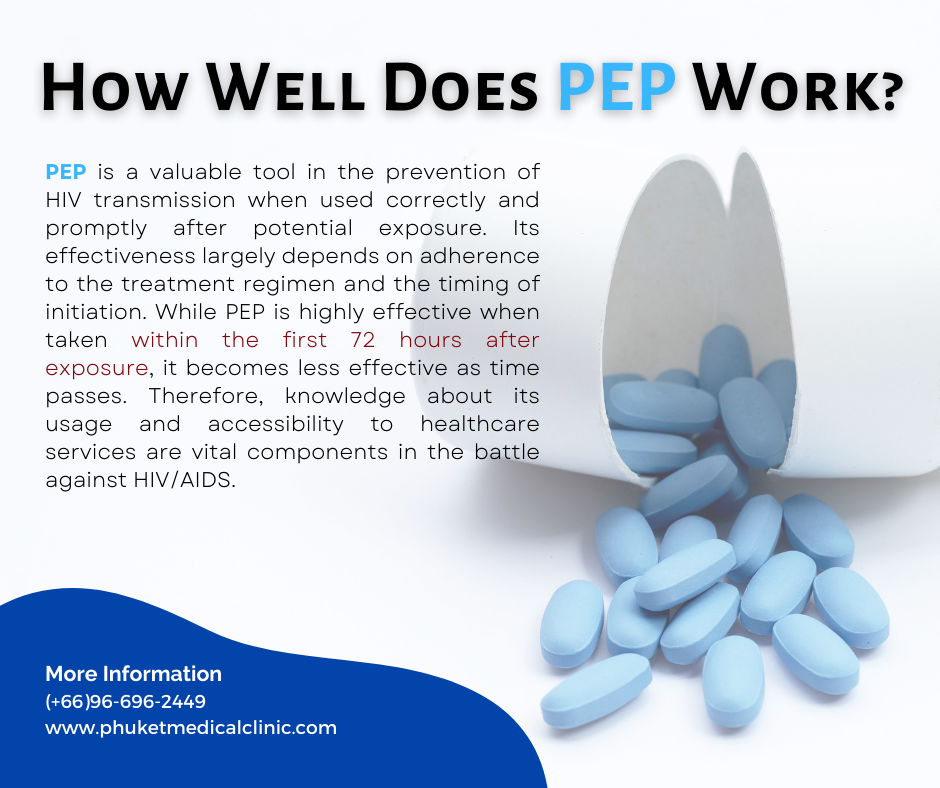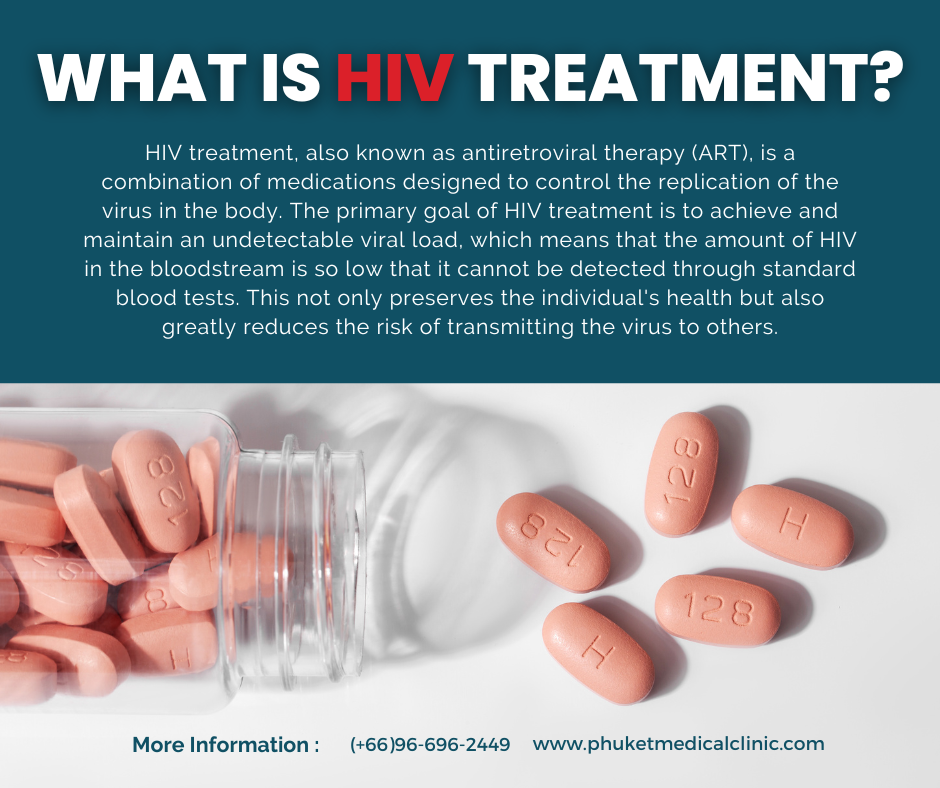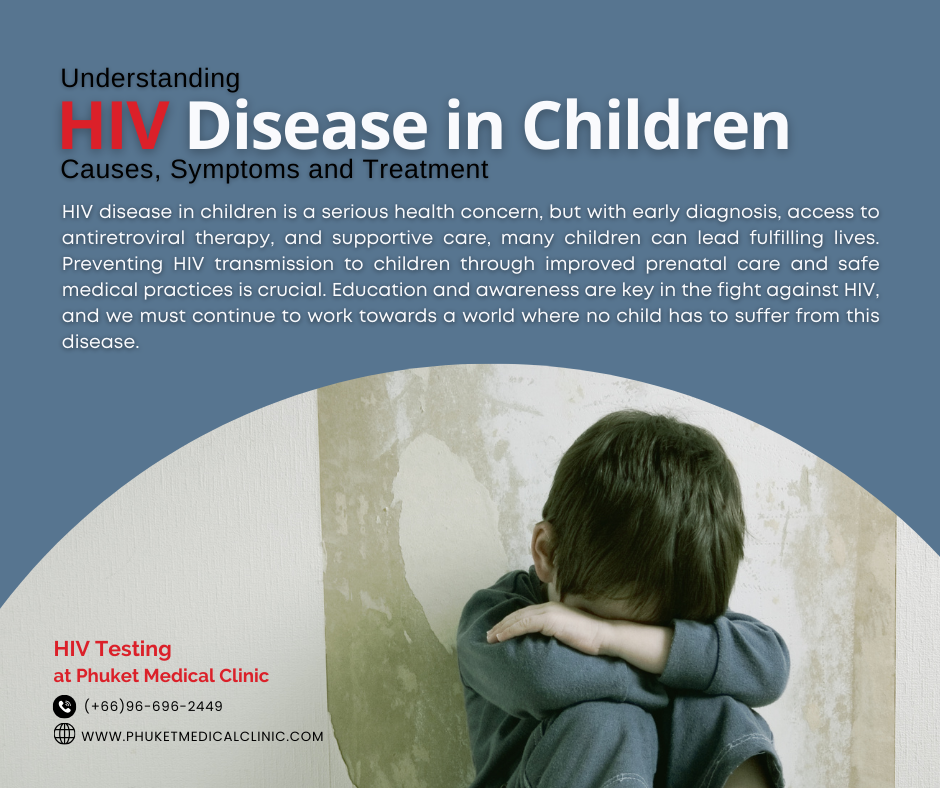In the world of infectious diseases, the term “viral load” plays a crucial role in understanding the severity of an infection and its transmission dynamics. Whether you’re a healthcare professional, a patient, or simply someone interested in staying informed, grasping the concept of viral load is essential. In this article, we’ll delve into what viral load is, why it’s significant, and how it impacts various aspects of healthcare and public health.
What are CD4 Cells?
In the intricate world of immunology, CD4 cells stand out as key players in orchestrating the body’s defense mechanisms. These specialized white blood cells, also known as T-helper cells, play a pivotal role in immune responses against pathogens and maintaining overall health. Delving into the realm of CD4 cells unveils their significance in combating infections and underscores the importance of understanding their function. This article aims to elucidate the role of CD4 cells in the immune system, shedding light on their mechanisms and implications for health.
Guide to the Benefits and Advantages of Using Condoms
In the realm of sexual health, the use of condoms is a widely recognized and effective practice. Whether you’re in a committed relationship or engaging in casual encounters, condoms offer numerous benefits that go beyond preventing unwanted pregnancies. In this article, we will explore the various advantages of using condoms and why they are an essential tool for promoting both sexual health and overall well-being.
Understanding the Window Period in HIV: Crucial Insights for Effective Prevention
The Window Period in HIV is a critical timeframe that plays a pivotal role in HIV testing accuracy. It refers to the time between HIV infection and the point at which a specific HIV test can reliably detect the virus in the body. This article explores the significance of the Window Period, its duration, and the implications for individuals seeking HIV testing and prevention.
Understanding the Connection: How HIV Can Progress to AIDS
Human Immunodeficiency Virus (HIV) is a serious health condition that, if left untreated, can lead to Acquired Immunodeficiency Syndrome (AIDS). In this article, we will delve into the progression of HIV to AIDS, the factors influencing this transition, and the importance of early detection and treatment in preventing the development of AIDS.
How Do You Get PrEP
Pre-exposure prophylaxis, or PrEP, is a powerful tool in the fight against HIV. It’s a medication that, when taken as prescribed, can significantly reduce the risk of HIV transmission. But how do you get PrEP, and what steps do you need to follow? In this article, we’ll walk you through the process, from understanding the basics to obtaining a prescription and finding affordable options.
How Well Does PEP Work?
Post-Exposure Prophylaxis, or PEP, is a medical intervention that has gained prominence as a vital component of HIV prevention. PEP is a regimen of antiretroviral medications prescribed to individuals who may have been exposed to the virus through activities like unprotected sex, needle sharing, or occupational accidents. This article aims to shed light on how well PEP works, its effectiveness, and the crucial factors that influence its success in preventing HIV transmission.
What Is HIV Treatment?
HIV treatment also known as antiretroviral therapy (ART), is a combination of medications designed to control the replication of the virus in the body. The primary goal of HIV treatment is to achieve and maintain an undetectable viral load, which means that the amount of HIV in the bloodstream is so low that it cannot be detected through standard blood tests. This not only preserves the individual’s health but also greatly reduces the risk of transmitting the virus to others.
Understanding HIV Disease in Children: Causes, Symptoms and Treatment
One of the primary ways children acquire HIV is through vertical transmission, which occurs during pregnancy, childbirth, or breastfeeding. HIV-positive mothers can pass the virus to their babies if not properly managed. This highlights the importance of prenatal care and medical interventions to reduce the risk.
The Interplay Between Mental Health and HIV
In recent years, the intersection between mental health and HIV (Human Immunodeficiency Virus) has garnered increasing attention in both medical and psychological circles. As we delve deeper into understanding the complexities of HIV and its impact on individuals, it becomes evident that mental health plays a pivotal role in the overall well-being of those affected by the virus. This article aims to shed light on the intricate relationship between mental health and HIV, highlighting the importance of addressing both aspects in a holistic approach to healthcare.










